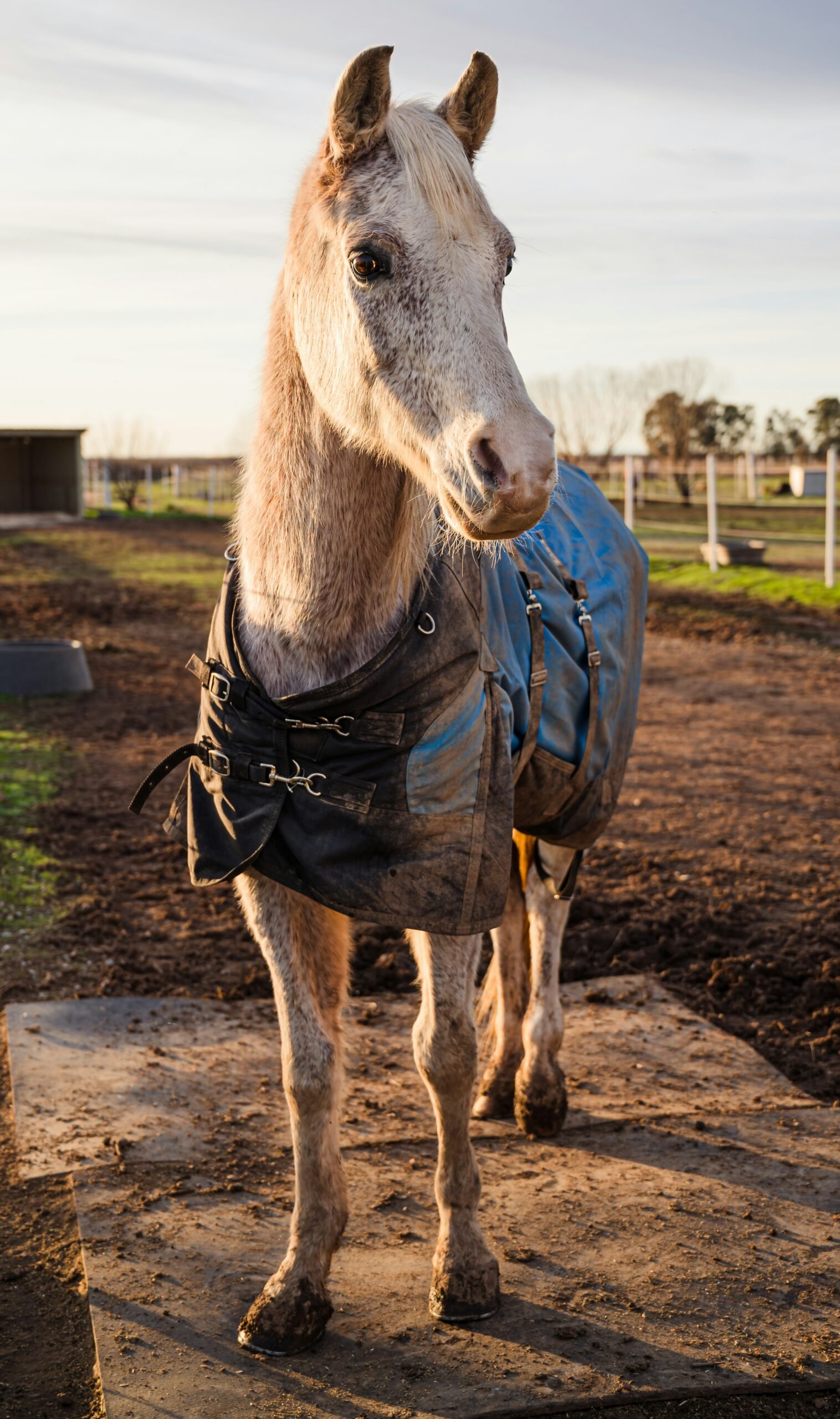Introduction to Hana’s Journey
In the tranquil suburbs of Japan, one retiree named Hana found herself facing the silent struggles of loneliness and isolation that often accompany the transition into retirement. With her children living in distant cities and her husband’s passing weighing heavily on her heart, Hana experienced a profound disconnect from her once vibrant community. The environment she loved seemed to lack the warmth and camaraderie she had cherished throughout her life. Recognizing a pressing need for social engagement, Hana sought a solution that would not only enrich her own life but also foster connections among her neighbors.
Inspired by the community gardens she had visited during her travels, Hana envisioned a space where residents could come together to cultivate not just plants, but relationships. Her motivation was clear: creating a shared garden to promote collaboration and social interaction within her neighborhood. Hana believed that such a communal effort would serve as a catalyst, encouraging residents to interact, share stories, and ultimately strengthen the social fabric of their community.
With her dream of a community garden in mind, Hana embarked on her journey of outreach and planning. She began by organizing informational meetings, where she spoke passionately about the benefits of gardening as a unifying activity. Through her enthusiasm, she attracted the attention and interest of a diverse group of residents, ranging from young families to elderly individuals, each eager to be part of something meaningful.
As Hana began to draw more people into her vision, she was reminded that the simple act of nurturing a garden could lead to nurturing relationships, breaking down barriers, and overcoming the feelings of loneliness that had crept into her life. This journey marked the beginning of a transformation, not just for Hana, but for the entire neighborhood—an opportunity to grow together in more ways than one.
The Concept of a Community Garden
A community garden is a designated space where individuals come together to cultivate plants, often fruits, vegetables, and flowers, for personal consumption or communal benefit. These gardens are typically situated in urban or suburban areas, where access to personal garden space may be limited. The concept is rooted in the idea of communal involvement, promoting not only food production but also social interaction and neighborhood bonding. Community gardens can vary significantly in terms of size, design, and the types of plants grown, ranging from small plots maintained by individual gardeners to larger collective spaces managed by groups.
The benefits of community gardens are manifold. Environmentally, they contribute to urban greening, enhance biodiversity, and promote sustainable gardening practices. These green spaces can help improve air quality, manage stormwater runoff, and reduce the urban heat island effect. In areas where pavement and concrete dominate, a community garden can serve as a vital habitat for wildlife, encouraging pollinators and other beneficial organisms to thrive. Additionally, the act of gardening itself has been shown to improve local soil health, leading to better crop yield.
On a social level, community gardens foster relationships among neighbors and provide a sense of belonging to participants. They serve as a platform for collaboration and learning, as individuals share gardening tips and techniques, engage in discussions about food diversity, and participate in communal events. Psychologically, the benefits are significant; the act of nurturing plants can reduce stress, promote mental well-being, and enhance overall life satisfaction. Furthermore, community gardens often become sites for educational programs, where both children and adults gain skills related to horticulture and sustainability. Overall, the concept of a community garden embodies a powerful tool for environmental advancement, social cohesion, and personal development.
Planning and Preparing the Garden
Planning and preparing a community garden is a multifaceted process that requires careful consideration and collaboration. Hana, the driving force behind the initiative, started her journey by identifying a suitable location where the garden could thrive. This involved extensive discussions with local landowners and authorities to secure a space that was accessible and conducive to community gardening. The choice of site was crucial, as it needed to have adequate sunlight, water supply, and soil quality, in addition to being a symbol of unity for the neighborhood.
Once the location was established, Hana redirected her efforts towards gathering essential supplies. This included sourcing seeds, soil amendments, gardening tools, and irrigation systems. She reached out to local gardening stores and nurseries, negotiating partnerships that would provide discounts for community projects. Additionally, she organized meetings with neighborhood residents to discuss the types of plants that everyone would like to cultivate, ensuring the garden would reflect the collective preferences of the community.
Engaging local interest was another challenging yet vital aspect of the garden’s planning. Hana used various platforms, such as community boards, social media, and local events, to spread the word about the garden initiative. She hosted informational sessions where residents could learn about the benefits of gardening, from fresh produce to enhanced community ties. Overcoming initial skepticism from some residents required her to highlight the potential benefits of a community garden, persuading them through successful case studies from other neighborhoods. To further encourage involvement, Hana proposed scheduling regular gardening workshops, which provided opportunities for hands-on learning while strengthening relationships among neighbors.
Through persistent efforts in planning and preparing the garden, Hana laid the groundwork for a project that not only aimed to beautify the neighborhood but also foster a sense of community and cooperation among its residents.
Meeting Jorge: A Serendipitous Encounter
On a warm afternoon in early spring, as Hana busied herself in the soil of the newly established community garden, she noticed a man intently observing her efforts. The man introduced himself as Jorge, an agricultural expert from Brazil who had been drawn to the garden by a passion for sustainable practices and community bonding. Their initial conversation unfolded naturally, marked by curiosity and mutual respect, as they exchanged insights about the diverse gardening techniques they had each encountered in their respective cultures.
Hana was fascinated by Jorge’s experiences with permaculture and his success in urban agriculture initiatives back in Brazil. His knowledge about soil health, crop rotation, and organic pest control resonated deeply with her vision for the community garden. In turn, she shared her aspirations for the garden as a space not only for growing vegetables but also for cultivating relationships among neighbors. This serendipitous encounter marked the beginning of a valuable collaboration that would greatly enhance the community gardening experience.
As they explored various gardening methods, Jorge introduced Hana to innovative techniques such as vertical gardening and companion planting, which aimed to increase yield while promoting biodiversity. These approaches complemented Hana’s original plans and spurred a deeper conversation about the ecological impact of urban gardens. Jorge’s enthusiasm was contagious, igniting a collective interest among other community members who began to gather, eager to learn and contribute.
Through this unexpected meeting, Hana and Jorge formed a bond rooted in shared values of sustainability and community engagement. Little did they know, their collaboration would set the stage for a vibrant community garden that not only flourished in terms of vegetation but also nurtured relationships between neighbors, fostering a sense of belonging and togetherness.
Innovative Gardening Techniques from Brazil
In recent years, numerous innovative gardening techniques from Brazil have garnered attention for their effectiveness and sustainability. Jorge, a passionate gardener from Brazil, implemented several of these approaches in the community garden, aiming to inspire local residents to explore new methods of cultivation. One of the standout techniques he introduced is the use of biochar, a carbon-rich material that enhances soil fertility while improving water retention. The process of creating biochar involves burning organic material in the absence of oxygen, which transforms waste into a valuable asset for gardening.
Another key technique employed by Jorge is the concept of urban permaculture. This approach focuses on designing agricultural ecosystems that mimic natural ecosystems, thereby fostering biodiversity and sustainability. By incorporating companion planting, Jorge demonstrated how certain plant combinations can naturally repel pests and promote healthy growth, creating an ecological balance within the garden. This method not only reduces the need for chemical pesticides but also encourages the exchange of knowledge among gardeners, as they observe the positive interactions between various plants.
Furthermore, Jorge introduced vertical gardening systems, which are particularly advantageous for urban environments with limited space. These systems utilize wall-mounted planters or trellises to maximize available growing areas while allowing diverse crops to thrive. The aesthetic appeal of vertical gardens captivates the community, inviting curiosity and engagement from those who might not have considered gardening before. By showcasing these innovative practices, Jorge has inspired local participants to experiment and adopt new techniques, thereby enhancing their gardening skills while fostering a sense of community connection.
Hosting Workshops: Bringing People Together
In the heart of the community garden, Hana and Jorge have initiated a series of workshops designed to not only educate local residents about gardening but also to foster relationships among them. These workshops attract a diverse range of participants, spanning various age groups and backgrounds. This inclusive approach encourages the exchange of knowledge and experiences, creating an enriching environment for all involved.
During these educational sessions, attendees have the opportunity to learn essential gardening skills, such as planting techniques, soil preparation, and pest management. As gardens are a collaborative space, participants also engage in hands-on activities that promote teamwork, fostering a sense of camaraderie. By sharing their expertise, both Hana and Jorge have empowered community members to cultivate their own gardens, thereby enhancing their appreciation for the natural world.
Moreover, the workshops have led to the formation of lasting friendships among participants. Often starting with shared gardening interests, many individuals find common ground beyond their initial engagement. Groups have evolved, supporting each other through various aspects of life, including personal challenges and celebrations. The community garden has become not just a place for planting seeds but a nurturing space for building relationships that thrive as much as the flora around them.
This vibrant atmosphere of learning and companionship demonstrates the profound impact that community gardens can have. As neighbors come together to participate in these workshops, they deepen their connections with one another, reinforcing the idea that agricultural knowledge can strengthen social ties. In fostering these relationships, Hana and Jorge are helping to cultivate a garden of friendships, thereby transforming their neighborhood into a tighter-knit community.
The Flourishing Community Garden
Over the years, the community garden in this Japanese neighborhood has undergone a remarkable transformation, evolving from a simple plot of land into a flourishing area that serves as a vibrant hub for social interaction. Initially, the vacant lot lacked any semblance of greenery, merely serving as an underutilized space. However, with the combined efforts of local residents, this garden has morphed into a thriving ecosystem filled with an array of flowers, vegetables, and plants.
The physical growth of the community garden is evident through its lush landscapes and vibrant colors, which have become a source of pride for the neighborhood. As friends and families have gathered to plant and cultivate together, they have cultivated not just crops, but also their shared bonds. This collaborative effort has created a sense of ownership among the residents, fostering a spirit of camaraderie that was once lacking. The community garden has become a picturesque backdrop for potlucks, gardening workshops, and seasonal festivals—events that draw in neighbors and strengthen their connections.
In addition to the physical changes, the garden symbolizes the metaphorical growth of the relationships formed within the community. New friendships have blossomed among participants who may have previously been strangers. Conversations burgeon over garden beds as individuals share gardening tips, exchange recipes, and discuss local events. This communal space encourages interaction among people of diverse backgrounds and ages, breaking down barriers that often exist in urban settings. It illustrates how a simple initiative, like the establishment of a community garden, can profoundly impact social cohesion and foster a sense of belonging.
As the community continues to nurture its garden, both the flora and the camaraderie flourishes, reaffirming the importance of collective effort and solidarity in cultivating a vibrant neighborhood landscape.
Nurturing Connections and Friendships
The emergence of community gardens has transformed not only landscapes but also the social fabric of neighborhoods. Within these vibrant green spaces, residents find common ground that transcends individual differences, thus fostering genuine relationships. In Japan, community gardens facilitate connections among neighbors, allowing for the cultivation of not just plants but also friendships.
One notable example is the Koshigaya Community Garden, where residents of diverse backgrounds come together to share in the gardening experience. This initiative provides a platform for individuals to collaborate, exchanging gardening tips while engaging in conversation. Participants report that the necessity to work as a team in maintaining the garden promotes interactions that may not occur in a more fragmented community setting. These collaborations create opportunities to form lasting bonds, as residents invest time and effort into nurturing their shared environment.
Moreover, the interactions within community gardens serve as a catalyst for social inclusion. For many, especially those new to the area, these gardens become safe spaces where one can engage with neighbors, share recipes, or celebrate cultural events. Such gatherings often lead to informal potluck dinners or workdays at the garden, allowing residents to break bread together and deepen their ties. This sense of belonging is particularly important in urban settings where anonymity often prevails.
Additionally, the routine of tending to the garden together cultivates a shared responsibility. Neighbors begin to rely on one another, reinforcing the idea that they are part of a supportive community. Stories of friendships blossoming amidst the tomato plants and flower beds are common, showcasing the power of communal gardening to enhance social interactions. Ultimately, as residents nurture their plants, they also nurture the friendships that will help sustain their community for years to come.
Inspiring Others to Engage in Community Projects
The transformative impact of Hana’s community garden in Japan extends far beyond its lush greenery and bountiful harvests. By fostering a sense of belonging and collaboration, Hana’s initiative has inspired many neighboring residents to take action and create their own community projects. The garden serves as an exemplary model of how local engagement can nurture a vibrant community spirit, encouraging individuals to contribute their unique skills and resources for the common good.
As neighbors witnessed the success of Hana’s garden, they began to see the potential of their local resources. Initiatives such as literacy programs, cooking classes, and art workshops emerged, each designed to address the specific needs of the community. These projects reflect a growing awareness of how collective action can address social issues and bring about positive change. The sense of camaraderie fostered by the garden created an environment where residents felt empowered to explore their interests and talents with support from their neighbors.
The ripple effect of these community projects cannot be overstated. Individuals who participate in local initiatives often become more invested in their neighborhoods, forming stronger bonds with their neighbors and cultivating a culture of cooperation. Moreover, these projects encourage the sharing of knowledge and resources, ultimately enriching the community as a whole. The success of these initiatives highlights the importance of grassroots efforts and the profound effect they can have on individual lives and community dynamics.
Hana’s garden represents a beacon of hope, inspiring others to embark on similar journeys toward building inclusive communities. Each new project stands as a testament to the power of community and the potential each resident holds to contribute meaningfully to a collective vision. The spirit of collaboration ignited by her initiative continues to spread, growing a more connected and supportive neighborhood culture in Japan.



















No Comments
Leave a comment Cancel